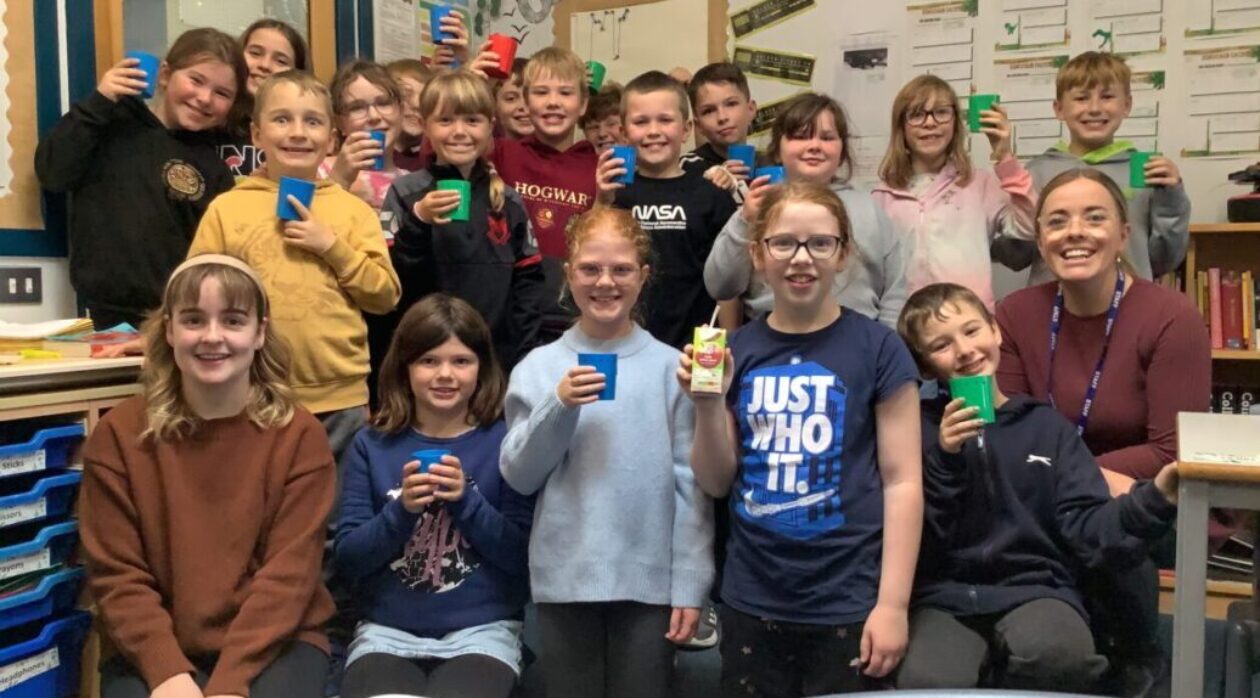On Wednesday 5th February we enjoyed an afternoon of Biosecurity activities. Biosecurity is the protection of a species from other non-native invasive species.
We learned about the Storm Petrels on Mousa and the importance of keeping the island clear of any predators who would be a threat to them.
Afra Skene, a Biosecurity Officer in Shetland, provided lots of games and activities to get us thinking more about Biosecurity and how to spread the word to others in our community.
The children were asked to think of the ways in which they enjoyed learning and to invent activities, songs, games and challenges to try and teach others about Biosecurity. Hopefully some of our ideas will appear in a teaching resource being produced for schools in Scotland!


































































































